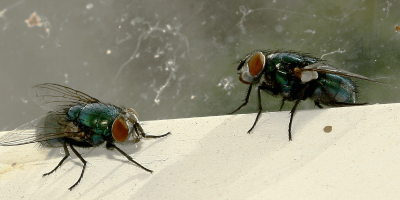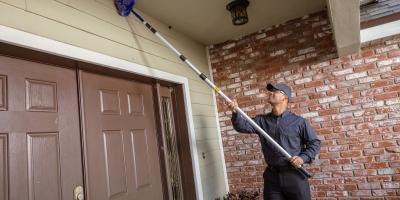5 Tips for Better Pest Management in Schools and Universities

Pests harbor diseases and can trigger allergies, particularly in young children. It is therefore critical to keep pests out of schools. When parents, school faculty, and property maintenance personnel keep the following tips in mind, they can significantly enhance the effectiveness of their pest management program.
1. Eliminate exposed food and drink in the classroom
Students should always bring food in sealed containers (Tupperware, plastic bags, etc.). Even a few small crumbs can attract pests. Any kind of food incentives should also be stored in sealed containers. Make sure that recyclable food containers are immediately removed from the classroom, as they may harbor residue that could attract pests.
2. Know where pest activity hotspots are located
Certain areas of schools are ideal breeding grounds for pests. These include:
- Cafeterias: With a steady flow of student and faculty traffic, and ample amounts of food being stored and prepared in the kitchen area, cafeterias are the #1 pest hotspot in schools and universities.
- Lockers: Dark, often cluttered conditions can create a haven for many types of pests, especially when students leave food and beverages in their lockers.
- Showers and locker rooms: The shower and locker rooms tend to be warm, damp, and poorly ventilated, providing an ideal spot for pests to seek shelter.
- Trash receptacles and dumpsters: Any areas or containers (indoors or outdoors) where waste is stored are great sources of food and water for pests.
By monitoring the areas that are especially attractive to pests in schools and universities, superintendents and maintenance staff can act quickly, reducing the time and cost of their pest control.
3. Keep classrooms and lecture halls as clean as possible
Research shows that cleanliness can most successfully mitigate pest populations, reducing the risk of infestation. At the end of every day, maintenance staff should ensure these areas are clean and free of food and beverages left behind.
4. Conduct regular maintenance
A school or university in need of many repairs is much easier for pests to infiltrate. Leaky pipes provide ample water sources, while cracks and crevices provide easy points of entry. To keep pests out of your educational facility, always check for damage and problem points, and make any necessary repairs as quickly as possible.
5. Log all pest sightings
Logging all pest sightings will help you keep track of what pests might be in the school and can help you detect infestations early on, reducing damage. A log entry should include the following information: date the pest(s) were seen, name of individual who saw the activity, the specific location of the sighting, and what type of pest(s) were present.
JP Pest Services is dedicated to solving commercial pest problems. Our service professionals understand the specific regulations and requirements of the numerous different types of commercial industries we provide service for. We offer free staff training for anyone looking to give their employees the resources and knowledge needed to help not only lessen the effects of pest issues, but also to prevent them all together. Request your free consultation today for a thorough examination of your school or university and a pest control program tailored to your specific needs.



